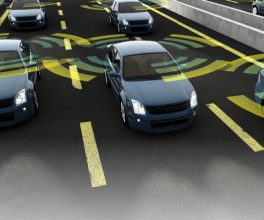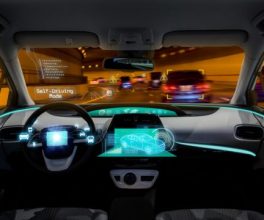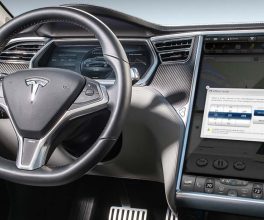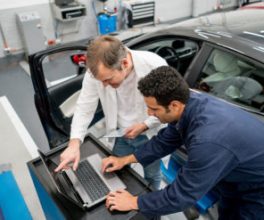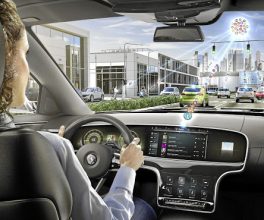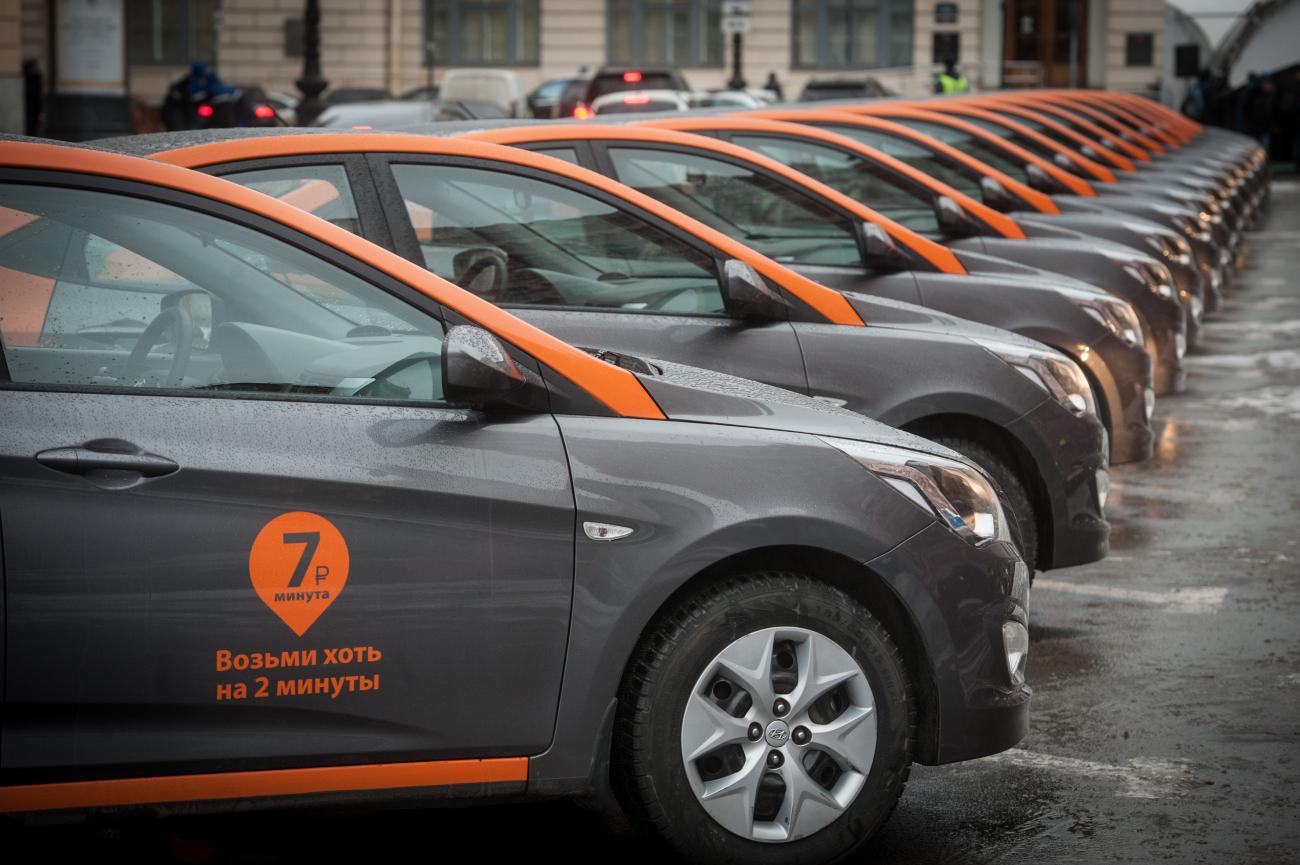Sharing is the future of mobility. Quite appropriately, the principle of car-sharing itself is increasingly shared – with different providers, wider applications, new geographies. A sampler.
With its struggling automotive market and infrastructural problems, Russia is an unlikely source of mobility innovation. Nevertheless, the car-sharing capital of Europe is… Moscow.
Traffic jams
The Russian capital was recently named the world’s second-worst congested city (after LA) Car-sharing was introduced in 2015 precisely to combat those traffic jams. Combine that with the rising cost of parking and maintenance, throw in active government support, and you have a car-sharing boom.
There are 14 operators in Moscow alone. The Russian capital has a bigger car-sharing fleet than any other city in Europe, and it’s used over 25,000 times a day. By year’s end, the total fleet is expected to reach 10,000-15,000 vehicles. By 2023, car-sharing will be common in most Russian cities, and operators will likely also offer related services (shared scooters, ridesharing, etc.)
Having acquired scale and expertise at home, Russia’s car-sharers may expand abroad – according to TrueSharing.ru, at least one is planning to move into Eastern Europe. Inversely, one western player is looking to enter the Russian market, which still has “huge growth and revenue potential”.
Cultural shift
The same is true for the rest of Europe, and not just because the same conditions – cost, congestion, government support – also occur, albeit in varying degrees. It’s all part of a wider cultural shift, explains Alexandre Fournier, Marketing and Communication Manager at Mobility Tech Green: “Car-sharing is part of the emergence of Mobility-as-a-Service, drawing on modern technology to enable access to car-based mobility without ownership.”
Governments can provide a serious boost in this direction, as is also happening in France: “The Plan de Déplacement Entreprises, in force since the start of 2018, states that all companies with more than 100 employees must present a mobility plan to the government.” While not explicitly promoting any one solution, such a requirement will at least force companies to consider all their mobility alternatives, including car-sharing.
Artificial Intelligence
Mobility Tech Green, a leader in B2B car-sharing in Europe, is one of the specialists working hard to help fulfill the demand for the transition to sharing-based mobility.
“We’re on the verge of a new era in car-sharing,” Mr Fournier says. “Thanks to Artificial Intelligence, cars will alert their fleet manager when they need maintenance – and automatically order a replacement for their driver. Even more: AI will advise drivers when they need to leave in order to beat the traffic to their next meeting.”
Mr Fournier also predicts manufacturers will get deeper involved in car-sharing – citing the recent merger of BMW’s DriveNow and Daimler’s Car2Go, enabling the new entity to take on Uber and other established shared-mobility players. Another path is for OEMs to acquire car-sharers, as SEAT has done recently with Respiro, a Madrid-based start-up offering car rentals by the hour: “This is moving SEAT into position as VW Group’s mobility services benchmark in Southern Europe.”
Strong acceleration
Any position within the car-sharing market is likely to be a crowded one, says Antonin Guy, VP Sales and Marketing at Vulog, a leader in shared-mobility technologies. “One of the major trends we see is a strong acceleration in the launch of new shared-mobility services in Europe, with a lot of new players entering the market, from very different industries: not just OEMs, but also car distributors, energy companies, parking operators, and so on.”
“On top of that, more and more operators are launching hybrid services: adding scooters to their fleet of cars, adding corporate car-sharing to their B2C offering.” (see frame for a few examples)
Last, but certainly not least: car-sharing is a gateway technology for at least two others: electric, and autonomous mobility, says Mr. Guy: “Most car-sharing services are now using EVs or hybrids. But OEMs have also understood that flee-floating car-sharing is the first step towards autonomous mobility, so all of them are investing heavily in this area.”
| This article was published in Fleet Europe 97, a special issue on Smart Mobility. Read it online! |
Author – Frank Jacobs
Courtesy of Fleet Europe

